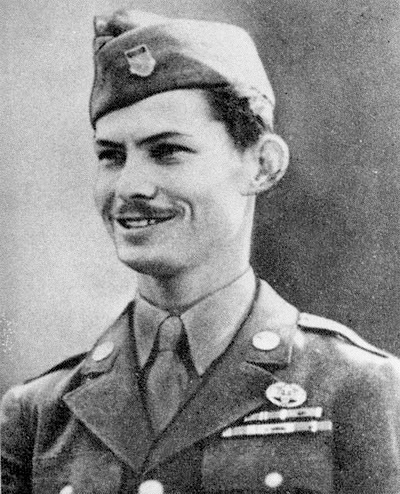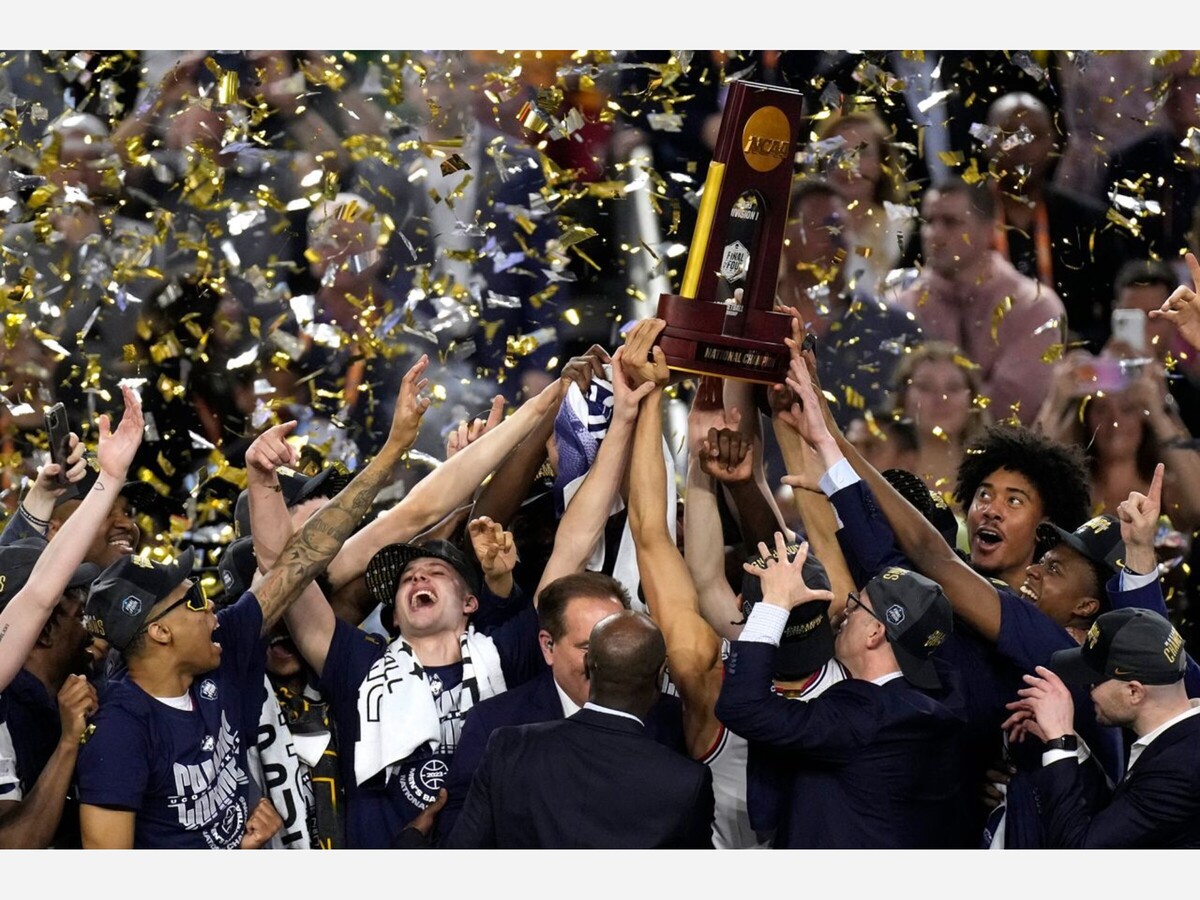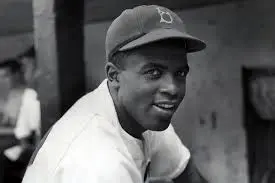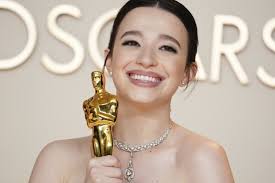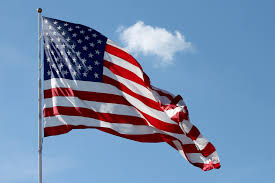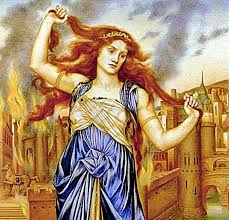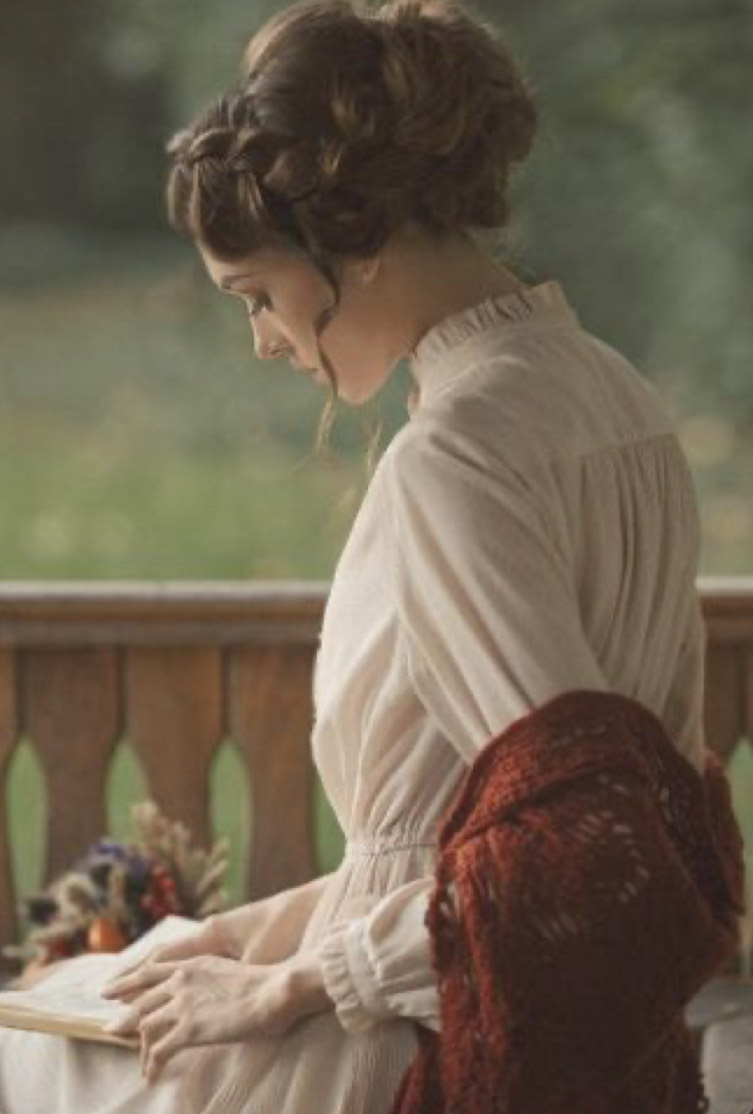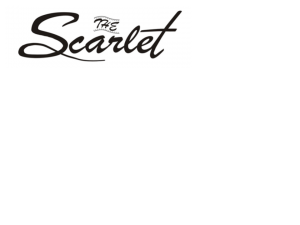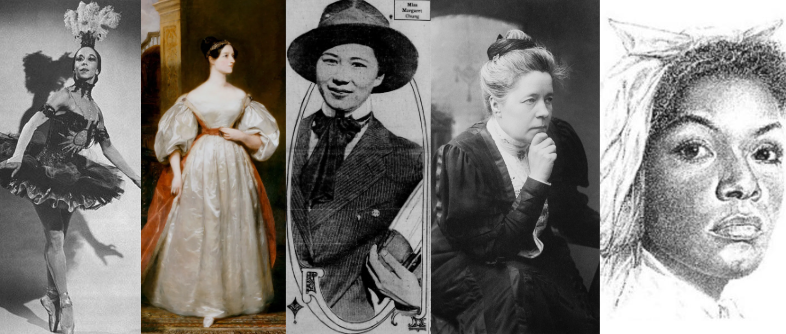Women’s History Month happens every March. Each year, we draw attention to the disparities between the treatment of the different genders. Women have faced numerous struggles in the past, that we are still trying to rectify as a society. But change can hardly happen without hope for the future. In the past, a better life for women likely seemed entirely unrealistic, but countless people used their voices to persevere, despite their largely unheard-of names. Here are the stories of some of these women who changed history for their successors.
Janet Collins
Janet Collins was born in 1917 in New Orleans. She moved to Los Angeles when she was very young, about four years old. In LA, she started taking dance classes.
Finding a school for dance that she was allowed to attend would prove to be a difficulty that Collins would face for a lot of her career. But the Catholic community center was one of the few that accepted Black students, so this is where she started.
Janet Collins trained with the teachers here for years until she was 16 years old and auditioned for the Ballet Russe de Monte Carlo. She was accepted, but only under the condition that she had to paint her skin white while performing. She turned down their offer.
In the 1940s, during Janet Collins’ 20s, she trained with Katherine Dunham and joined the Dunham Company. She toured with them for years. While touring, Collins faced many more barriers than her fellow dancers. In southern states, she often was forbidden by laws from performing in public and instead was required to let her understudies perform for her. In Toronto, she was turned away from restaurants because of her skin color.
In November of 1948, Janet performed in a one-night program at Las Palmas Theater in Los Angeles. She received excellent notes from reviewers. This was the door opening to a world of opportunities in New York.
While living in New York, Collins was able to perform her own choreography. She was named Dance Magazine’s “Debutante of the Year” in 1949 and performed in many shows.
One of the many Broadway shows she performed in was “Out of This World.” The show itself wasn’t very successful, but Janet received the Donaldson Award for best dancer in 1951. It was at this show that she was noticed by the ballet master of the Metropolitan Opera, Zachary Solov. He offered her a spot as a performer, where she worked until 1955 as the first Black ballerina in the company.
Around this time, she also began teaching modern dance at Balanchine’s School of American Ballet. She was the only non-white staff member here. Her students of color would call her an example for their own careers since there were so few other Black dancers for them to look up to. Collins also began teaching dance at Marymount Manhattan College where she would continue to teach for over two decades.
In 1974, Janet Collins retired from performing and teaching. She dedicated herself to the Catholic Church, becoming an oblate, which is a person who is devoted to God and His service, in the Benedictine Order. In 1989, Collins received a Candace Award from the National Coalition of 100 Black Women.
As her health failed, Collins moved to Fort Worth, Texas, to be close to her family. She died here in 2003. In 2007, another dancer, activist, and cousin of Janet, Carmen De Lavallade established the Janet Collins Fellowship to honor aspiring ballerinas.
Despite all of the boundaries that Janet Collins crossed, it wasn’t until recently that Black dancers could even buy shoes and tights that matched their skin tone. Even Misty Copeland, the first Black woman ever appointed principal dancer with the American Ballet Theatre in 2015, has recalled being rejected from roles because of her skin tone and having to paint her shoes with makeup to match her skin. Collins broke down many barriers, but there is still a long way to go for dancers of color.
Ada Lovelace
Ada Lovelace was born in 1815 as the only legitimate child of Lord Byron. He moved to Greece five weeks after her birth, leaving his wife and daughter behind in England.
Lovelace’s mother was very concerned for the mental health of her daughter. She was worried that Ada would inherit her father’s rumored madness. This led her to promote Ada’s interest in math and logic.
As a child, Ada was infatuated with the idea of flying. In 1828, she constructed wings for herself, taking into consideration the material along with the anatomy of a bird to find the correct proportions for her goal. Her tutor, Mary Somerville, was able to introduce her to many mathematicians, scientists, and authors. Some of these included Charles Dickens and Charles Babbage, with whom she would later work.
Unfortunately, Lovelace was sick for much of her childhood. She was paralyzed at age 14 from the measles and was able to walk with crutches at 16 years old. This gave her much time to study. In 1832, when she was 17 years old, she was able to study with some of the people she had met in years prior.
At the age of 17, Ada Lovelace was presented to society. She was very popular because of her “bright mind.” In 1835, she married William King-Noel, who would be made the first Earl of Lovelace in 1838. The pair had three children together. After her second child, Lovelace suffered from an illness that took months to cure.
In her 20s and 30s, Ada Lovelace studied advanced calculus. She began working with Charles Babbage on a machine he was creating. This machine would be similar to Babbage’s Difference Engine which was used to calculate mathematical equations like polynomials. But the new machine, the Analytical Engine, could solve any set of calculations using a processor, punch cards, and set of codes.
Babbage was impressed by Ada Lovelace’s intellect and worked with her as she translated the notes of an Italian review of his machine into English. Along with the simple translation, she added her own notes to explain the machine further and suggest improvements. She spent almost a year with this before her notes were published.
In these notes, Lovelace formed an algorithm tailored for a computer. She has since been cited as the first computer programmer. However, since the engine was never finished, the program was never tested.
Ada realized that computers could work beyond simple calculations. They can use complex theories, not just numbers. She even believed it could use music.
She faced a massive challenge explaining to other scientists what this machine was and why it was necessary. They didn’t understand the purpose of computing this complex information using what was essentially the first computer, as it had the same general structure as a modern electronic computer.
Babbage and Lovelace had a minor falling out over statements Babbage made about the machine. He released these on his own without acknowledging that the words belonged to him alone, not Ada as well. Lovelace refused to be spoken over, so she released a statement and refused to withdraw it. Their friendship rekindled towards the end of her life.
Ada Lovelace had an immense interest in phrenology and mesmerism. She wanted to create a mathematical model of how the brain works, thinks, and feels. She called this the calculus of the nervous system. While she was never able to achieve this, she did constant research about the brain and what drives it to insanity. She also had an interest in the world beyond mathematics. She believed that imagination and creativity were crucial in applying math and science. She valued metaphysics, the philosophy of what we know and what we can’t know, just as much as proven science.
She died at the age of 36 from uterine cancer. Lovelace’s legacy still lives on, however. In 1953, over a century after her death, her notes about the Analytical Engine were republished in regard to more modern computers. The machine she had worked on was recognized as an early model for the computer, and her notes reflected the ideas of software.
Ada is the name of a computer language, named after Lovelace. We also have Ada Lovelace Day every second Tuesday of October. This started in 2009 to encourage women to participate in STEM fields.
Margaret Chung
Margaret Chung was born in 1889 in Santa Barbara. She was the eldest of her parents’ eleven children. Her family moved to Los Angeles in 1902, when she was 13 years old. Before this move, Chung’s parents were sick so she had to help support her family and raise her siblings starting around age ten.
In 1905, she was noted in the Los Angeles Herald as a promising student and for her plans for being a newspaper reporter. In the coming years, all throughout her middle and high school career, she would be noticed many more times.
After graduating from the University of Southern California in 1909, Chung enrolled in medical school, She was the only woman in her graduating class, and even believed herself to be the first Chinese-American woman to attend medical school in the state of California. She tended to wear more masculine clothing, but as she built her profession, she reverted back to a more traditionally feminine style of dress.
In 1916, she graduated from medical school. She soon moved to Chicago to intern at the Mary Thompson Women’s and Children’s Hospital. She spent her residency at different hospitals in Illinois, even becoming the state criminologist for some time, before returning to LA after her father’s death.
In Los Angeles, Chung accepted a position as a surgeon at the Santa Fe Railroad Hospital. She would even treat celebrities, like taking the tonsils of the silent film star, Mary Pickford.
Margaret Chung moved to San Francisco’s Chinatown in 1922 where she opened a medical office. She treated the local Chinese-American population as well as celebrities who continued to see her. At this office, Chung treated seven Navy Reserve pilots. She took care of them and on occasion fed them meals. From this maternal behavior arose the nickname “Mom Chung.”
Before the Second World War, Margaret Chung gave her “adopted sons” little Buddhas made of jade to wear around their necks, It was a symbol for their protection. The pilots would use this to identify each other around the world.
Her reputation as an adopted mother was vast. Over 1,500 men serving in World War Two were adopted by Chung. She was known for serving up to 175 people at Thanksgiving and wrapping 4,000 Christmas gifts. She regularly hosted senators, congressmen, and high-ranking officers at her house. Many of her adopted sons would later hold these same titles.
After Japan invaded China in 1937, Chung volunteered as a front-line surgeon. In this job, she was secretly assigned to recruit pilots for the 1st American Volunteer Group, commonly known as the Flying Tigers.
Margaret Chung helped to establish the Women Accepted for Volunteer Emergency Services, or WAVES in the early 1940s, but she was not allowed to join the program, as the government believed she was gay.
She retired from medicine within a decade after World War Two ended. Her “adopted” sons bought her a house in Marin County, California where she spent the rest of her life until she died of cancer in 1959.
Selma Lagerlof
Selma Lagerlof was born in 1858 to a lieutenant in the Swedish Royal Regiment. She was born with a hip injury and at the age of three, she contracted polio. This left her with a limp.
The love of literature came to Selma early on. At the age of seven, she decided she would become a writer. She wrote poetry in childhood but didn’t publish any until later in her life. Lagerlof received her education at home, where she studied French and English.
After her homeschooling, she studied in Stockholm, then worked as a schoolteacher when she had finished her studies. While working as a teacher, she began writing her first novel. Selma submitted the first few chapters to a literary contest in a magazine. This drew a lot of attention to her and secured her a publishing contract for the entire book.
By 1895, Lagerlof had stopped teaching to focus solely on her writing. In 1900, she traveled to Jerusalem, along with Italy and other parts of the Middle East, with her close friend Sophie Elkan, a woman she was rumored to be in a romantic relationship with. In Jerusalem, she found inspiration for her second novel which she named after the city.
Eventually, the royal family of Sweden and the Swedish academy would fund Selma’s passion for writing. She would even be compared to Homer and Shakespeare.
Lagerlof was commissioned by the National Teachers Association to write a geography book for children. In this book, she included historical and geographical facts within a story about a boy who had shrunken down to the size of a thumb, trying to get home.
In 1897, Lagerlof met Valborg Olander who was a teacher and a part of the women’s suffrage movement in Sweden at the time. She and Lagerlof were both passionate about women’s rights, and they became good friends, even rumored as lovers. Lagerlof was an active speaker for the Swedish National Association for Women’s Suffrage before and after women were granted the right to vote in 1919.
Selma Lagerlof, in December 1909 won the Nobel Prize in literature “in appreciation of the lofty idealism, vivid imagination, and spiritual perception that characterize her writings.” She was the first woman to be given this award, along with the first woman with a membership to the academy five years later. She was also the first woman to be depicted on the Swedish banknote.
At the start of World War Two, Lagerlof sent her Nobel prize and gold medal from the Swedish Academy to the Finnish government to help fund their fight against the Soviet Union. They were so grateful to her that they raised the money to return the medal back to her after the war.
Lagerlof used her earnings from the Nobel Prize to buy her father’s estate after his death. She lived the rest of her life there before passing in 1940.
Mary Jane Richards
Mary Jane Richards was born in 1840 into slavery for the Van Lew family in Richmond Virginia. Her exact lineage is unknown since she said her mother was white but her father was black. This could be incorrect, however, because, in the American South, slavery was usually determined by the mother’s status.
In 1843, John Van Lew died. His property was left to his wife, Eliza Baker, and daughter, Elizabeth Van Lew. Both were abolitionists, but the stipulations of his will dictated that they could not free any of the slaves. This didn’t stop the women from helping them earn wages and aspects of freedom.
In 1846, Richards was baptized into a predominantly white church where the Van Lews were members. Shortly after this, she was sent to a Quaker school in the North. At the end of her schooling in 1855, she joined a missionary group of 55 other Black emigrants and a white reverend and his wife to Liberia. She was there for five years and wrote back to the Van Lews about difficult conditions. They paid for her voyage back, which brought her back to Virginia.
In 1861, Richards married Wilson Bowser. She never really used her husband’s last name, and their marriage was short-lived.
At the beginning of the Civil War, Mary Jane Richards worked for Elizabeth Van Lew as a spy. It isn’t known exactly what work she did, but Van Lew wrote that she was a reliable source to gather information from other Black slaves in the South. Van Lew had 12 informants, both Black and White reporting to her.
From 1861 to 1863, these informants helped get food and medicine to captured Union soldiers. They even helped with some escapes. Over the next two years, they gathered military intelligence and brought it to the Union Army.
There are rumors that Mary Jane Richards posed as a slave in Jefferson Davis’s house. Supposedly she also had a photographic memory that helped her to smuggle intel out of this house. But since so much of her life was secretive, or undocumented, none of the specifics can be confirmed.
Some stories say that Richards went as far as trying to burn down the Confederate White House, but no one is sure if this was true or not.
After the war, Mary Jane Richards began teaching for the Freedman’s Bureau. She taught in Virginia and Florida before setting up a school in Georgia. She began going by “Mary J. R. Richards.”
In 1865, she spoke about her time in Liberia, along with speaking at churches and events in New York. She used different names for each of these events.
Over the next few years, Richards stated that she was going to the West Indies to get married, and began signing her name as “Mary J. Garvin.” Two months later she was back in Georgia without records of travel or a marriage. In 1868, she began signing her name as “Mrs. John T. Denman” although no marriage certificate was ever found.
The last trace of her existence came in 1870 in a letter to Elizabeth Van Lew. In this letter, she signs her name “M. J. Denman” and informs Van Lew of her life as a seamstress and teacher in New York City.
So much of Mary Jane Richards’s story is lost in history due to racism, sexism, and fear even though she was so important to the Union’s win of the Civil War. Luckily, historians are trying hard to piece together the fragments of her history, along with that of other women like her who haven’t had their stories told.




